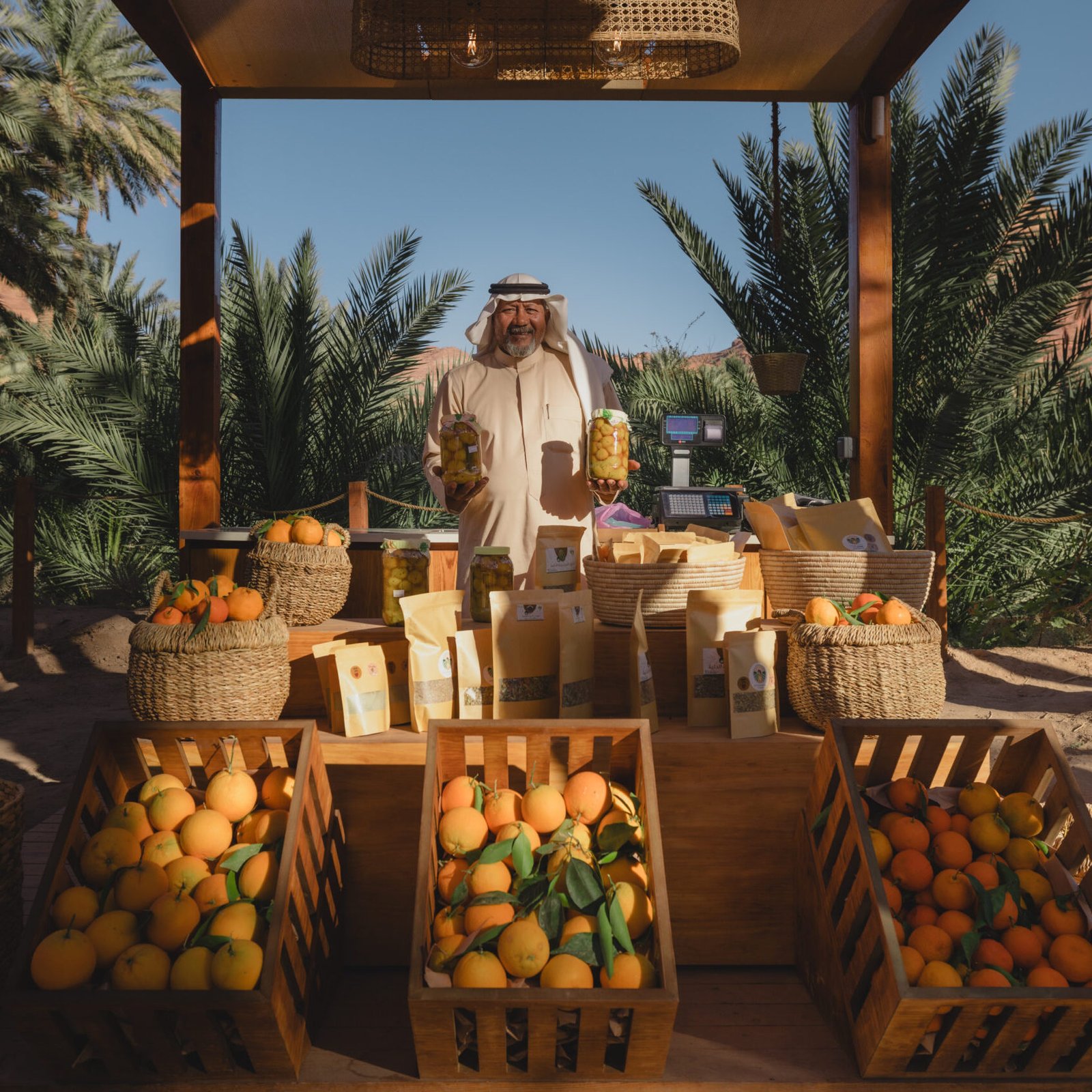Shedding its snobbish tag, gourmet or artisan cheese has come within enticingly easy reach. Discover its many charms with Nichola Marie.
“A meal without some cheese is like a beautiful woman with only one eye.” When famous French philosopher and avid cheese lover Jean Anthelme Brillat-Savarin made this audacious statement back in the late 1700s, he was merely ‘spitting facts’, as GenZ likes to say. Cheese — and gourmet cheese, in particular — has long exerted a fantastic sensory pull that shows no sign of slackening.
What Is Gourmet Cheese?

Gourmet or artisan cheese is usually handmade according to traditional methods using natural ingredients like high-quality milk, enzymes and natural colours. It is prepared in small batches with proper care and the steps required to ensure the finest taste. Free of unhealthy chemicals and preservatives, it acquires a distinct taste, flavour and texture as it ages and ripens. Its taste is more pronounced and distinct compared to the standard salty versions of processed cheese.
The good news is that gourmet cheese has been consistently becoming less expensive, and more accessible to all. Here are some of the most favoured gourmet cheeses from across the world…
Parmigiano Reggiano
Country of Origin: Italy
This cow’s milk cheese has a sharp and complex nutty/ fruity savoury taste. With a texture that’s gritty, grainy and crumbly, it is best for pasta dishes, risotto, and the classic carbonara.
Raclette
Country of Origin: Switzerland
This mildly nutty, salty, slightly sweet-flavoured cheese is made from cow’s milk. Firm, smooth and creamy in texture, it is best melted and scraped over grilled or boiled potatoes, vegetables, meat and steaks.
Mozzarella
Country of Origin: Southern Italy

Made of the milk of water buffalo, the flavour of this cheese is delicate and tangy with a milk-like freshness. Soft and moist in texture, it is ideal for pizza, grilled cheese sandwiches and mashed potatoes.
Parmesan
Country of Origin: Italy
This fruity, nutty-flavoured cheese is made from cow’s milk. Hard and gritty in texture, it is best for pasta, carbonara, soups and risottos.
Greek Feta
Country of Origin: Greece

Made of sheep’s milk, or a mixture of sheep and goat’s milk, this tangy-flavoured cheese has a soft and crumbly texture. It is ideal for Greek salad, pastry and cheese boards.
Roquefort
Country of Origin: France
With a sharp metallic tang and sweet burnt-caramel flavour, this blue cheese made of sheep’s milk has a soft, crumbly, moist texture. It is best enjoyed as part of cheese boards, salads, and in blue cheese pasta.
Aged Gouda
Country of Origin: Netherlands
Made of cow’s milk, this buttery, caramel-like, slightly nutty-flavoured aged cheese is semi-hard to hard in texture. It is perfect for sandwiches, crackers, mac and cheese and other pasta.
Edam
Country of Origin: Netherlands
Cow or goat’s milk goes into making this mild, slightly salty, and nutty-flavoured cheese that is semi-hard and springy in texture. It makes an ideal match with potatoes, sandwiches, bread, and also as part of a charcuterie board.
Halloumi

Country of Origin: Cyprus
Made of goat and sheep or even cow’s milk, this cheese is mellow, feta-like and tangy. With a semi-hard texture. It is best for salads and casseroles and is also a popular meat substitute for vegetarians.
Brie De Meaux
Country of Origin: France
This cow’s milk cheese has a sweet and buttery flavour with almond undertones. Soft, slightly sticky in texture, it is best enjoyed with bread paired with wine, and on a cheese board.
Burrata
Country of Origin: Italy
This milky, buttery-flavoured cheese made of cow’s milk has a texture that is soft and buttery. It is best for salads.
Indian Artisanal
In India, one of the world’s largest dairy producers, exposure to cheese has grown well beyond the predictable paneer, as well as local cheeses like the Kashmiri cheese kalari and bandel from West Bengal. Here’s a glance at some artisanal cheese brands to savour…
Spotted Cow Fromagerie, Mumbai
Kumaoni Blessings, Delhi NCR
Eleftheria, Mumbai
Käse, Chennai
Kodai Cheese, Kodaikanal

Does Gourmet Cheese & Indian Food Go Well Together?
“Most definitely!” vouches noted celebrity Chef Vicky Ratnani. “Cheeses like ricotta, mozzarella, cheddar and gruyere can all be incorporated into Indian dishes. Additionally, mozzarella and burrata are great for pizza, cheddar and emmental for sandwiches, and Swiss cheeses for fondue.”
A few suggestions…
* Use dollops of ricotta to add richness and texture to gravy-based dishes such as palak paneer or murg tikka masala.
* Add younger gouda to malai paneer or vegetable korma, and older gouda to non-vegetarian dishes like mutton kofta or chicken kathi rolls.
* Choose mozzarella as a base for pakoras.
* Amp up street food items like bun maska and vada pao with cheddar.
Cheese & Wine: Perfect Pairings
- Hard cheeses such as cheddar, parmigiano reggiano and manchego are best paired with a medium bodied red like a cabernet sauvignon or a rioja.
- Soft cheeses such as brie and camembert can be paired with fruity red wines like a pinot noir or Beaujolais, as well as rosé.
- Blue cheeses like stilton, roquefort and gorgonzola go well with sweet options like Sauternes, port, or sweet sherry.
- Goat cheese pairs best with sauvignon blanc as well as a crisp dry Provençal rosé or a fresh fruity red such as Beaujolais.
- Melted cheese classics like fondue and raclette pair well with a crisp or aromatic white wine.










